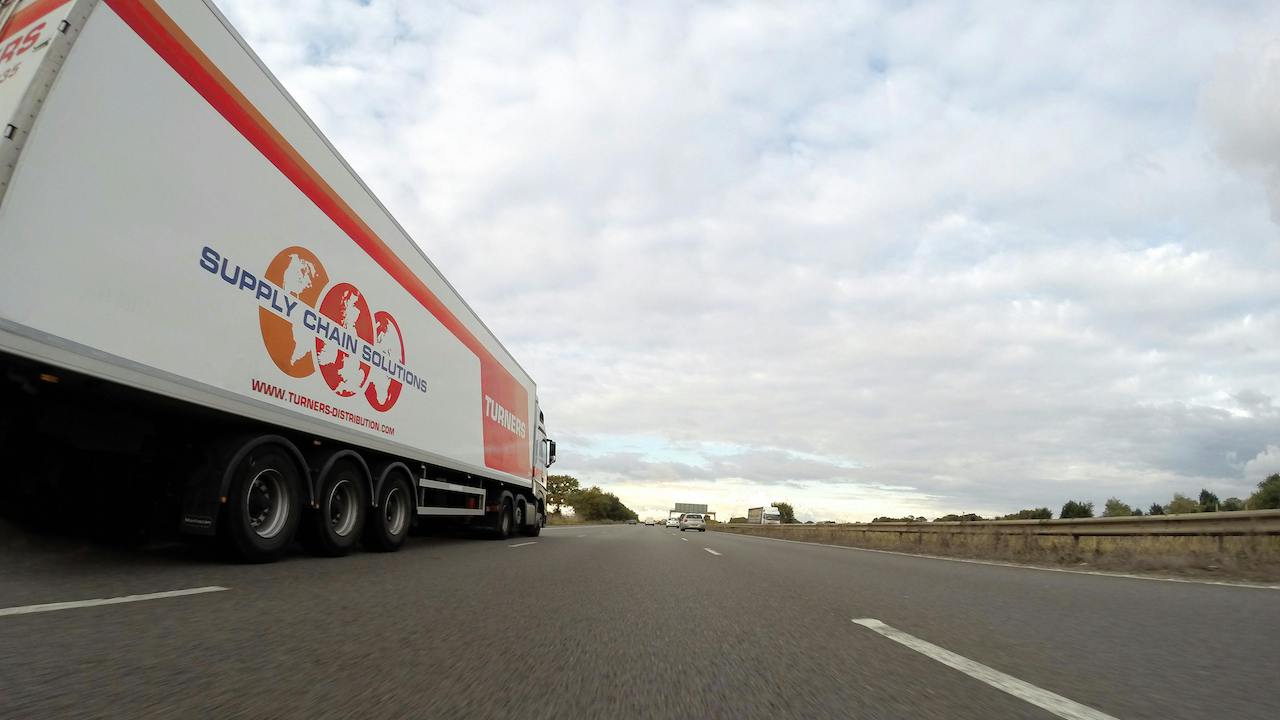In this post we’ll take a closer look at some of the regulations you need to be aware of in Europe, including the days on which HGV driving is banned outright.
We recently published a guide to HGV driving in Europe. This guide covered the essentials, including all the documents you’ll need to drive an HGV on the continent.
If you’re going to be driving an HGV in Europe, our friendly commercial motor experts are always on hand to help you ensure you have the right level of cover in place. To discuss your insurance needs for HGV driving in Europe, call us on 020 8290 9099, or email commercial.motor@anthonyjones.com.
HGV Driving Bans in Europe
Many European countries impose a ban on driving commercial vehicles over a certain weight on Sundays, and sometimes on public holidays. Here are some examples of the HGV driving bans and regulations in Europe:
- Austria – For all vehicles exceeding 7.5 tonnes, there’s a driving ban on all roads on Saturdays between 15.00 and 00.00, and on Sundays and public holidays between 00.00 and 22.00. These vehicles are also banned from driving at night on all days between 22.00 and 05.00.
- France – For vehicles exceeding 7.5 tonnes, there’s a driving ban on all roads and motorways from 22.00 on Saturdays and the eve of public holidays, until 22.00 on Sundays and on public holidays.
- Germany – Any vehicle that weights over 7.5 tonnes is banned from travelling on Sundays and on public holidays from 00.00 to 22.00. In Germany, this ban extends to any vehicle carrying a trailer, regardless of its gross weight.
- Italy – Between October and May, any vehicle weighing more than 7.5 tonnes is banned from driving between 08.00 and 22.00 on Sundays. Between June and September, these restrictions are extended from 07.00 to 00.00 on Sundays. Similar restrictions are in place for public holidays throughout the year.
- Spain – The restrictions on vehicles weighing more than 7.5 tonnes vary extensively from region to region. And in Spain, the fines for breaching these restrictions can be severe, making it particularly important to check the situation on your route before you set out. There are certain exceptions for vehicles transporting livestock and fresh produce, though.
Please note that these guidelines aren’t exhaustive. They’re just intended to give you an idea of the sort of things you’ll need to consider when planning your itineraries. For full details of the regulations that might affect your journey, be sure to check the government’s latest foreign travel advice.
You can also get more detailed information for a wide range of European countries on the TruckBAN site.
European Speed Limits for HGVs
The speed limits for HGVs on motorways can vary from country to country. Here are a few examples of the sort of varying speed limits in place in certain mainland European countries:
- Austria – 50 mph
- France – 56 mph
- Germany – 50 mph
- Italy – 62 mph
To make things that little bit more complicated, some countries change their speed limits depending on certain conditions. For instance, on dry days in France, the speed limit for HGVs on motorways is 56 mph. But in wet weather, this drops to 50 mph.
Once again, it’s important to check the specific rules in place for whichever countries you’ll be driving through on your itinerary. The European Union’s website can be very helpful here.
Other Rules and Restrictions for HGVs in Europe
- You may need a UK-identifier sticker for your truck. However, in some countries this is not necessary if your number plate includes the UK identifier with the Union Jack.
- Some European countries specify which breakout equipment you’ll need to keep in your truck, and the required equipment can vary from country to country. The RAC has some good guidance to the equipment you’ll need for driving through certain European countries.
- Many countries have restricted driving zones – areas where you cannot drive an HGV at any time, regardless of the time or the day. These are usually in urban areas, where local authorities are trying to reduce congestion and pollution. Unfortunately, not all navigation apps show these restricted zones, but you can get a good idea of what to expect by checking the Urban Access Regulations in Europe guide.
- In some European countries, such as France and Italy, traffic on the right has the priority. However, there are some areas where the traffic will be coming from the left, such as on roundabouts. Look out for yellow diamond signs on the roadside to indicate whether you need to look left for oncoming traffic, or whether you’ll need to give priority to the right. Here’s a good overview of some common European road signs.
Are You Covered to Drive an HGV in Europe?
Does your current commercial motor insurance policy cover you for driving overseas?
Our friendly team of commercial motor experts are always on hand to help you ensure you have the right level of cover in place. To discuss your insurance needs for HGV driving in Europe, call us on 020 8290 9099, or email commercial.motor@anthonyjones.com.


